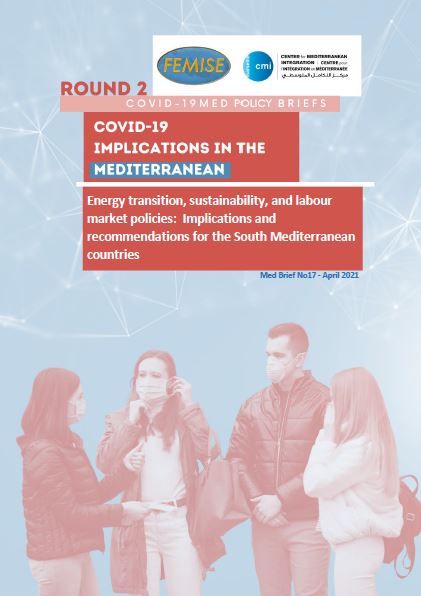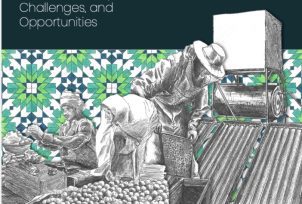Report on Israeli settlements in the occupied West Bank, including East Jerusalem

The total number of settlement plans and tenders advanced by Israel in 2023 was higher than in 2022, outdoing 2022 as the year with the highest number of settlement advancements recorded since 2012. In 2023, 18,333 housing units (HU) were advanced in occupied East Jerusalem while in the occupied West Bank, 12,349 HU were advanced, leading to a total of 30,682 HU advanced. While 2023 also saw a high number of advancements in East Jerusalem, the 12,349 HU advanced in the West Bank represented a sharp increase compared to 4,427 HU in 2022 For the West Bank, it was the highest number advanced since the signing of the Oslo Accords. The advancements in 2023 represent a 180 percent increase over a period of five years.
From the perspective of safeguarding a two state solution where Jerusalem could serve as a capital of both states, the Israeli settlement developments on the southern periphery of Jerusalem is severing the chances for contiguity between East Jerusalem and the West Bank. Construction in this area began on the first new settlement to be built in East Jerusalem in over 20 years, Givat Hamatos and a new settlement, the Lower Aqueduct, was fully approved just before the end of 2023. New settlement plans were also advanced in 2023 slated to be constructed within Palestinian neighbourhoods which has been known to cause friction.
The EU has repeatedly called on Israel not to proceed with plans under its settlement policy and to halt all settlement activities It remains the EU’s firm position that settlements are illegal under international law. Israel’s decision to advance plans for the approval and construction of new settlement units in 2023 further undermines the prospects of a viable two state solution.
Latest Publications





















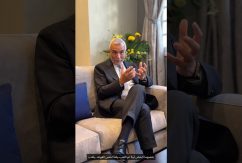
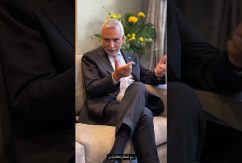

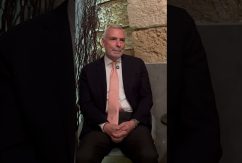





 Syria
Syria 
